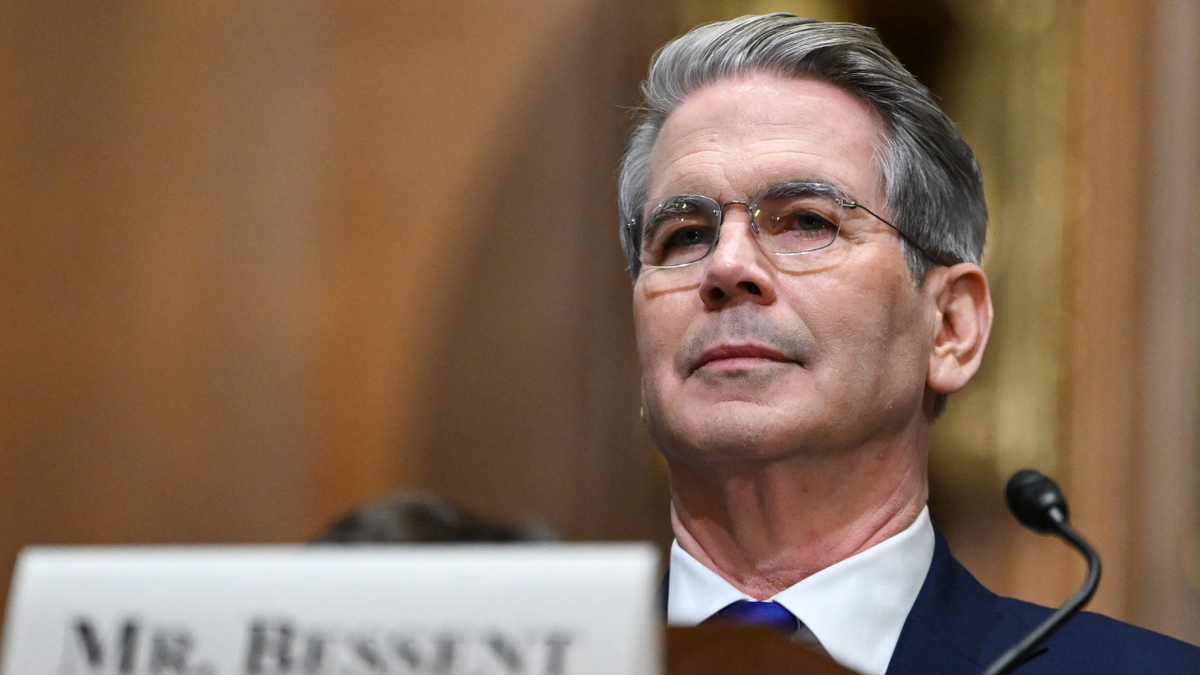The U.S. Senate, led by Republicans, passed a budget resolution on April 5, 2025, with a 51-48 vote, advancing President Donald Trump’s ambitious economic agenda.
This plan extends the 2017 tax cuts, slashes government spending, and leverages tariffs to boost revenue, aiming to reshape America’s financial landscape.
Treasury Secretary Scott Bessent champions this strategy, arguing it fuels growth and strengthens the middle class. Republicans unlocked this legislation through budget reconciliation, bypassing the need for 60 Senate votes.
The package sustains the 2017 Tax Cuts and Jobs Act, which dropped the corporate tax rate from 35% to 21%, and adds $1.5 trillion in new cuts, including no taxes on tips, overtime, and Social Security benefits.
 U.S. Tax Cuts Pass, Igniting a Main Street Era Over Wall Street – Scott Bessent. (Photo Internet reproduction)
U.S. Tax Cuts Pass, Igniting a Main Street Era Over Wall Street – Scott Bessent. (Photo Internet reproduction)Bessent asserts these measures put money back into workers’ pockets, targeting families earning the median income of $80,610, who could see tax relief of $1,695 annually. He predicts this will spark investment and job creation, driving economic growth.
Tariffs form a cornerstone of the plan, with Trump proposing up to 60% duties on Chinese goods and 10-20% on other imports. Bessent estimates these could generate $300 billion to $600 billion yearly, directly funding the tax cuts.
U.S. Tax Cuts Pass, Igniting a Main Street Era Over Wall Street
He argues this revenue stream balances the fiscal equation, reducing reliance on borrowing while protecting American industries.
The approach aims to rebuild manufacturing, cutting dependence on foreign supply chains, which Bessent ties to national security.
The Senate also approved a $5 trillion debt ceiling hike to avoid a mid-2025 default on the $36.6 trillion national debt.
Chaos by Design: Trump’s Economic Storm and Its Possible Blueprint
Republicans justify this by pointing to anticipated growth offsetting costs. Bessent highlights that the 2017 cuts boosted GDP by 1.1%, suggesting similar gains ahead.
He dismisses inflation fears, claiming increased domestic production and energy output—targeting 3 million more barrels of oil daily—will stabilize prices.
This shift prioritizes Main Street over Wall Street, reflecting Trump’s 2024 campaign focus on blue-collar voters.
Republicans argue it delivers tangible benefits, like bigger paychecks, without ballooning deficits long-term.
The House must now align its $2 trillion spending cut proposal with the Senate’s leaner $4 trillion trim, but leaders remain confident.
Bessent calls this a “golden age” opportunity, betting on an unshackled private sector to propel prosperity.
The numbers tell a compelling story: tax cuts and tariff income aim to sync, fueling growth while dodging fiscal pitfalls.
Republicans see this as a pragmatic fix—empowering workers, securing borders, and steadying the economy—all without breaking the bank.
The plan’s success hinges on execution, but its backers stand firm, eyeing a transformative payoff.

 By The Rio Times | Created at 2025-04-05 17:07:03 | Updated at 2025-04-06 13:34:38
20 hours ago
By The Rio Times | Created at 2025-04-05 17:07:03 | Updated at 2025-04-06 13:34:38
20 hours ago








